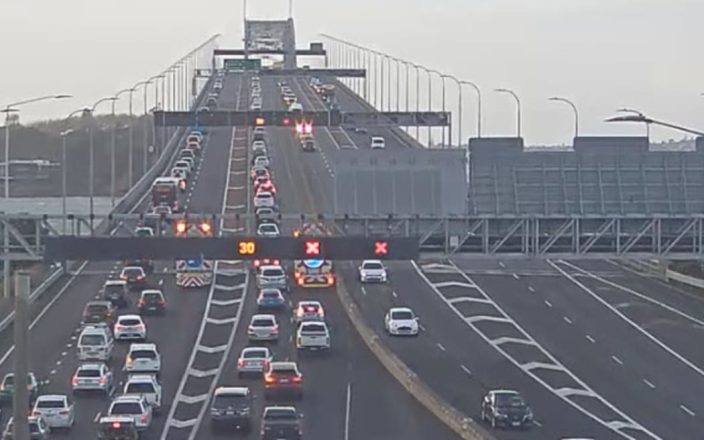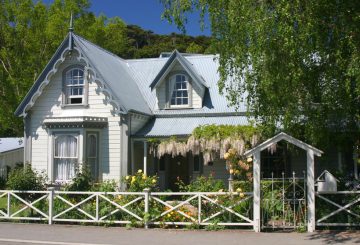Ang Harbour Bridge ng Auckland ay may limitadong trapiko dahil sa malakas na hangin, na nagdudulot ng mga pagkaantala at dagdag Noong Lunes, pinapatakbo ang tulay na may dalawang lane lamang na bukas sa bawat direksyon at ipinatupad ang mga limitasyon sa bilis. Kapag umabot sa 90 km/h ang hangin, nalalapat ang mga paghihigpit sa bilis, at kung tumama ang mga hinga na 110 km/h, maaaring ganap na magsara ang tulay. Pinipilit nito ang mga driver na gumawa ng mas mahabang ruta sa pamamagitan ng State Highway 16 at SH18.
Sinabi ng ekonomista na si Brad Olsen mula sa Infometrics na ang pagsasara ng malaki ang nagkakahalaga sa mga tao. Tinantya niya na sa nakalipas na ilang taon, ang paulit-ulit na pagsasara ay nagdagdag ng halos 700 minuto ng nawalang oras, na nagkakahalaga ng humigit-kumulang $2.1 milyon. Ang mga paglilibot na nauugnay sa hangin ay lumilikha ng pagkaantala at hamon para sa mga driver.
Sinabi ni Olsen na mayroon ding mga nakatagong gastos. Kung ang tulay ay sarado sa loob lamang ng limang minuto, maaaring maiwasan ito ng mga driver at makakuha ng paglilibot, na humahantong sa mga potensyal na gastos na halos $36 milyon sa pangkalahatan. Ang paggamit ng mas mahabang ruta ay hindi lamang nag-aaksaya ng oras ngunit nagpapataas din ng pagsusuot sa mga sasakyan.
Ipinaliwanag niya na ang mga pagsasara ay nagiging madalas habang tumatanda ang tulay. Ang tulay ay hindi itinayo upang tumagal magpakailanman, at ang pagtaas ng pagsasara ay nakakaapekto sa ekonomiya Binanggit ni Olsen na mahirap ang paglutas ng mga isyung ito nang mabilis, kaya maaaring magpatuloy ang mga pagkaantala habang nagpapatuloy





























































